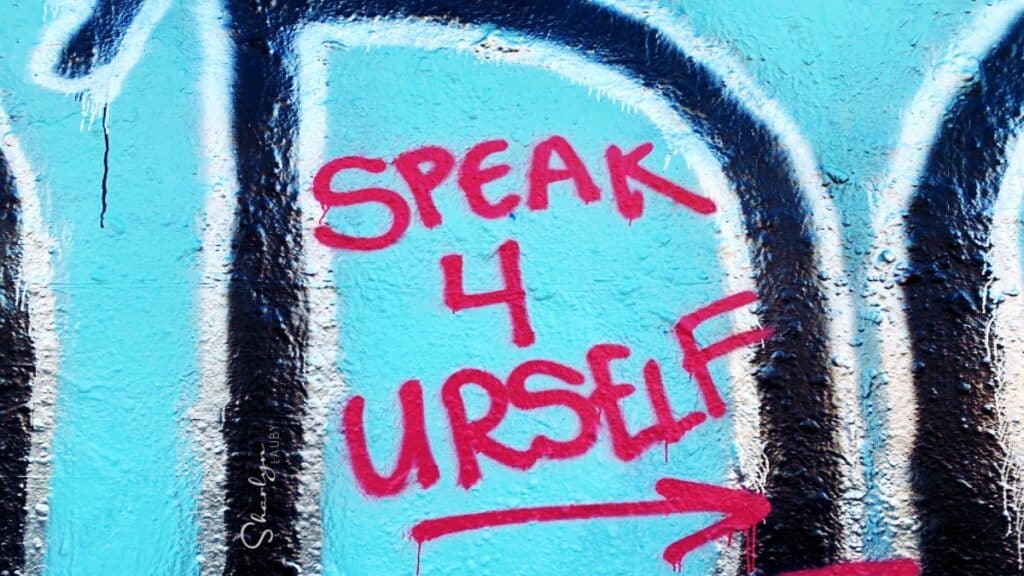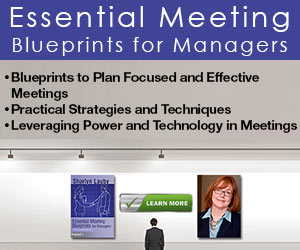Estimated reading time: 3 minutes
Being able to communicate well is an important part of professional and personal communication. When it specifically comes to verbal communication, we often talk about being able to communicate succinctly and clearly. We talk about the value of listening. But one aspect of communication that we don’t discuss often enough is silence.
Silence can be a useful and powerful tool in communication. I’m not talking creepy moments of silence that last for uncomfortable lengths of time. Think of silence as just a natural pause in the conversation. Here are three reasons that silence can play an important role in communication:
- Silence can allow us to collect our thoughts. Sometimes when we’re looking for the right words to express our feelings, taking a moment to think about what we want to say can be helpful. Being able to communicate clearly is key to getting our message across.
- Silence can allow us to calm our message. If someone is feeling anxious, excited, frustrated, agitated, etc., taking a moment of quiet to collect ourselves can be helpful. This doesn’t mean we have to not express our feelings. In fact, taking a moment of silence could help us communicate our emotions better.
- Silence can allow others to join the conversation. Adding a moment of silence might encourage someone else to speak up. For example, a moment of silence during an interview might encourage a candidate to add something to their story. Or during a meeting it might allow a participant to ask a question.
One more thing. Silence can often help us reduce the “ums” in our conversations. Many of us (unintentionally) pepper our conversations with “ums”. Often an “um” is a way to fill in space until we figure out what we want to say. Taking a brief moment to think out what we want to say and how to say it could reduce the number of “ums” we use.
The key takeaway is that communication doesn’t involve talking all the time.
We can also take this messaging about silence to the written word as well. We need to be able to effectively communicate in writing. We need to be able to comprehend what others write. And we need to know when to put some space – in this case silence – in the conversation. No, this doesn’t mean ghosting someone. But it also doesn’t mean that we need to answer everything right away. For instance, I’m starting to see more people acknowledge an email with a note about when they will respond in full. I think it’s great. Set expectations and manage them appropriately.
Communication is and will continue to be important. Reminders about the pieces to effective communication – like silence – could be timely. Even the best communicators might find a refresher helpful.
Image captured by Sharlyn Lauby while exploring the 34th Street Graffiti Wall in Gainesville, FL







